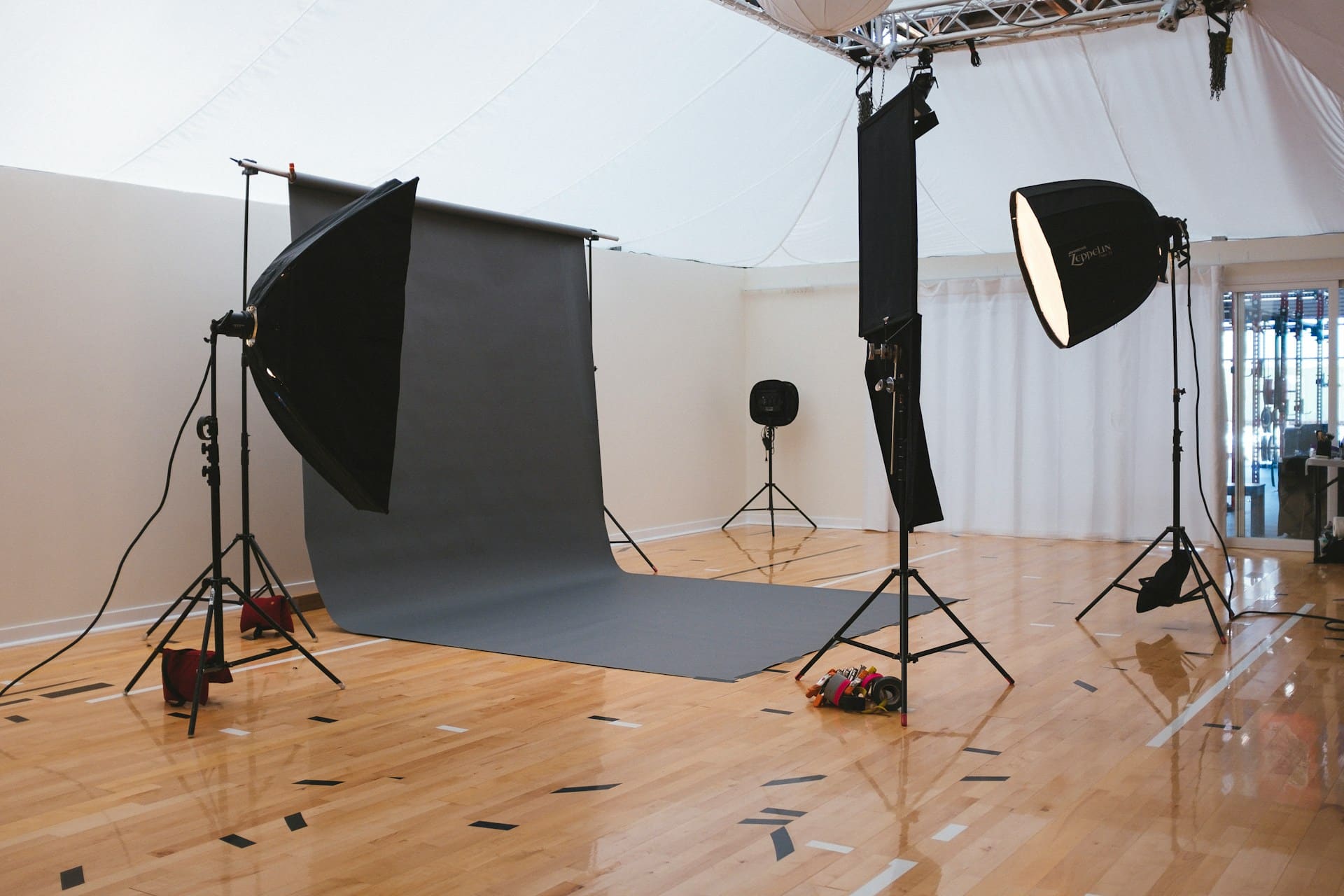What Are the Best Sound-Absorbing Materials for a Home Recording Studio?

In the world of audio recording, achieving the best sound quality necessitates consideration of numerous elements. While equipment and expertise play significant roles, the acoustic properties of your recording environment also substantially influence the final outcome. This article dives into the realm of soundproofing and sound absorption, giving you the lowdown on the best materials to create an acoustically balanced home recording studio. We will discuss various sound-absorbing materials, from acoustic foam to soundproofing panels, that will assist in creating a superior recording space.
Understanding the Basics of Soundproofing and Acoustics
Before we delve into the specifics of the best sound-absorbing materials, it’s crucial to grasp the fundamental principles of soundproofing and acoustics. When constructing a home studio, two primary goals should guide your design: noise isolation and acoustic treatment. Noise isolation involves preventing outside noise from infiltrating your recording space, while acoustic treatment aims to control the sound within your room for optimal recording quality.
Also to see : How to Create a Functional Mudroom in a Home with Limited Entryway Space?
These concepts are the foundation of soundproofing a studio. They ensure that your recordings are not only free from external disturbances but also that the sound created within the room is balanced and clear. The importance of these factors cannot be overstated if you wish to achieve professional-quality recordings.
Acoustic Foam: A Staple in Sound Absorption
A popular choice for home studios, acoustic foam is a lightweight material that aids in reducing echo and controlling the acoustics of your space. Made from polyurethane foam, this material absorbs sound waves, reducing their amplitude and preventing them from bouncing off the walls.
Topic to read : What Are the Innovative Ideas for Turning a Spare Closet into a Quiet Meditation Space?
When sound waves hit the foam, they are transformed into heat energy, thereby minimizing their impact and control the room’s reverberation. The thicker the foam, the more effective it is at absorbing lower frequency sounds.
Acoustic foam is available in various designs, including pyramid, wedge, and egg crate styles. Each design has different sound absorption properties, offering varying levels of echo reduction and frequency control. Thus, depending on your specific needs, you can choose the type of foam that best matches your studio’s acoustic requirements.
Soundproofing Panels: A Step-up in Noise Isolation
Soundproofing panels are an effective solution for preventing noise transfer between rooms. Constructed from dense, sound-absorbing materials such as fiberglass, these panels work by trapping sound waves and preventing them from passing through walls.
These panels are usually covered with fabric and come in various colors and styles, allowing them to blend with your studio’s decor. They are an excellent choice if you are concerned about both function and aesthetics.
However, while they improve acoustic quality by reducing echo and background noise, soundproofing panels do not eliminate all sound leakages. For maximum noise isolation, you will need to integrate them with other soundproofing materials and techniques.
Mass Loaded Vinyl: The Heavyweight Champion in Soundproofing
If you’re looking for a material that offers robust noise isolation, mass loaded vinyl (MLV) could be the right choice for your home studio. This material is a high-density, flexible membrane that blocks sound waves by adding mass to your walls, ceiling, or floor.
MLV is particularly effective at blocking low-frequency noise, making it an ideal solution for studios located in noisy environments. It’s also versatile and can be used in conjunction with other materials like foam or fiberglass for enhanced soundproofing.
Despite its effectiveness, MLV comes with a higher price tag compared to other soundproofing materials. Therefore, it may be best suited for those who require a higher level of noise isolation or have larger budgets.
Green Glue: An Effective Soundproofing Compound
Green Glue is a noise-proofing compound that is applied between two layers of any rigid material to dampen sound vibrations. This compound is designed to convert sound energy into heat energy, similar to how acoustic foam operates.
One of the primary benefits of Green Glue is its simplicity of use. You can apply it to an existing wall or ceiling without tearing it down, making it a practical choice for home studios. It is effective at reducing both airborne and impact noise, making it a versatile addition to any soundproofing project.
Remember, the goal is to create a space where you can record the purest sound possible. By understanding and carefully selecting the right sound-absorbing materials for your home studio, you can achieve a balanced acoustics and noise isolation that will significantly enhance the quality of your recordings.
Acoustic Panels: An Effective Solution for Superior Sound Quality
Acoustic panels are a practical, yet stylish solution for improving sound quality in your home recording studio. These panels work by absorbing sound waves, reducing echo and reverberation, thus enhancing the acoustic properties of your studio. Acoustic panels are made from a variety of materials, including foam, fiberglass, and even wood, each offering its unique sound absorption properties.
Foam-based panels, much like acoustic foam, transform sound waves into heat energy, hence minimizing their impact. Fiberglass panels, on the other hand, are denser and can absorb lower frequencies effectively. Wooden panels are not as common, but they offer numerous aesthetic options while still providing sufficient sound absorption.
A key factor to consider here is the STC rating (Sound Transmission Class). The higher the STC rating, the more sound a panel can block – a crucial feature for a recording studio. Remember, the goal is to achieve optimal sound isolation and acoustic treatment.
Moreover, acoustic panels are relatively easy to install. They can be hung on walls or ceilings, much like paintings or other decor elements, making them a perfect blend of function and style. Availability in various colors, sizes, and designs also add to their appeal, allowing you to match them with your studio’s aesthetics.
It’s important to note, acoustic panels work best when used judiciously and strategically. Placing them at reflection points will yield the best results. You might want to consider consulting with an audio engineer or acoustics expert to ensure proper placement.
Bass Traps: A Must for Low-Frequency Sound Absorption
In any recording studio, controlling low-frequency sound is critical for achieving the best sound quality. This is where bass traps come into the picture. Bass traps are designed specifically to absorb low-frequency sound, which is typically harder to control than mid or high-frequency sound.
Bass traps work by capturing and dissipinating the energy of low-frequency sound waves. They are typically made from dense materials, such as rigid fiberglass or rockwool, capable of effectively absorbing these challenging frequencies.
Bass traps are usually placed in the corners of your studio where low frequencies tend to build up the most. They can be installed either vertically or horizontally, depending on your studio’s layout and design.
Bear in mind that while bass traps significantly improve sound isolation and balance, they are not a substitute for other soundproofing materials. Instead, they should be incorporated as part of a comprehensive acoustic treatment plan for your home studio.
Conclusion: Crafting the Ideal Recording Studio
Creating the perfect home recording studio involves a blend of technical knowledge, aesthetic sense, and the right soundproofing materials. The goal is to achieve a balance between sound isolation, keeping external noises out, and acoustic treatment, controlling the sound within the room.
Whether it’s acoustic foam, soundproofing panels, mass loaded vinyl, Green Glue, acoustic panels, or bass traps, each material offers its unique contribution to enhancing the sound quality of your studio. Understandably, the selection of these materials largely depends on your specific needs, studio’s layout, and budget.
However, remember that the effectiveness of these materials is only as good as their application. Proper placement and installation are key to maximizing their benefits. Consulting with an acoustics expert can provide valuable insight into making the most of your chosen soundproofing materials.
In conclusion, the journey to crafting a professional-quality recording studio at home can be demanding but also rewarding. With careful planning, selection, and installation of sound-absorbing materials, you can transform any room into a superior recording space that produces high-quality sound.
